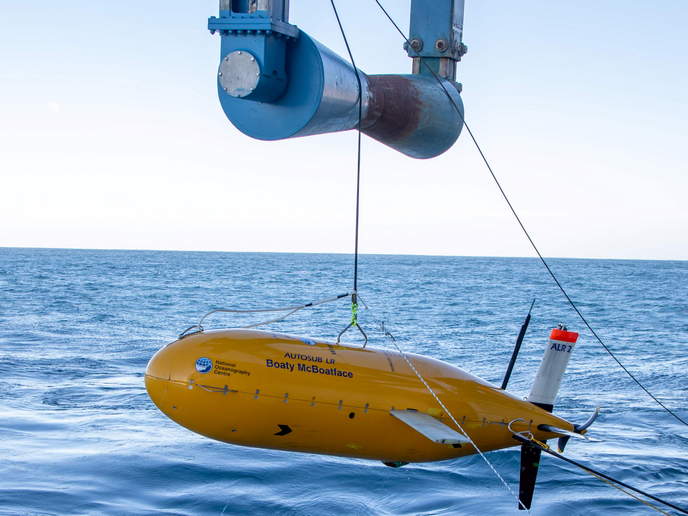Improved Testing of Catalysts
Catalysts transform harmful gases into harmless ones through a series of chemical reactions. The most common application is the catalytic converter. The catalyst interacts with the automobile's exhaust and turns harmful pollutants into nitrogen, oxygen and carbon dioxide. The automobile's exhaust stream can reach temperatures of several hundred degrees Celsius. Therefore, the catalyst must be able to perform at high temperatures. For this reason, catalysts are bonded with some form of substrate, usually a metal plate. An important obstacle that researchers must overcome is the difference in performance after a catalyst is bonded to a substrate. A catalyst may perform very well on its own, but once bonded to the necessary substrate, its performance characteristics may change dramatically. Unfortunately, traditional reactors only test the catalyst in its powder form and don't allow for the testing of catalysts bound to their substrates. Fortunately, a Spanish research institute has developed an innovative reactor that permits the testing of catalysts bonded to a substrate. The catalysts are applied in the form of a thin film to a metal plate, usually made of steel. The reactor can test several such plates simultaneously. The reactor also boasts a very competitive price in comparison with conventional reactors. The potential market includes both academic and industrial laboratories. The research institute is looking for investors to support the exploitation of this new product.







